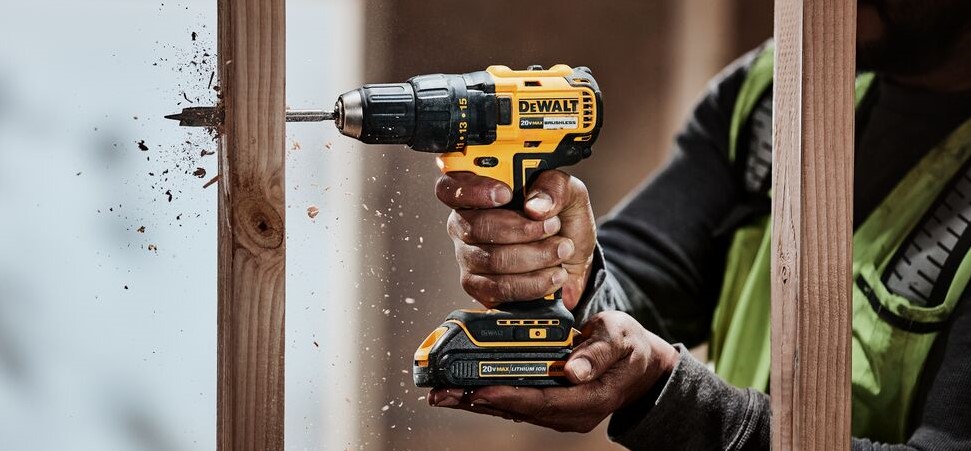When you’re considering drilling a well, one of the first questions that pops up is how long it’ll take. The timeline can vary significantly based on several factors, from the depth of the well to the type of soil in your area. Understanding these variables can help you set realistic expectations and plan accordingly.
Whether you’re looking for a reliable water source for your home or for agricultural needs, knowing the average drilling time can make a big difference in your project timeline. In this article, you’ll discover the key factors that influence well drilling duration and what you can do to streamline the process. Get ready to dive into the details and find out what to expect when drilling your well.
Factors Influencing Drilling Time
Drilling time for a well depends on several critical factors. Understanding these variables helps you set realistic timelines for your project.
Type of Well
You might choose between water wells, geothermal wells, or monitoring wells. Water wells typically require less time to drill compared to geothermal wells due to the additional complexity and depth involved in geothermal systems. Each type presents unique drilling challenges, which affect overall duration.
Geological Conditions
You should consider the geological characteristics of the drilling site. Rocky terrain or hard soil formations increase drilling time significantly, while softer sediment or gravel allows for faster progress. Soil stability also influences how quickly drilling can proceed, making site assessment a vital part of planning.
Equipment Used
You need appropriate equipment to ensure efficiency in drilling. Modern rotary drilling rigs and specialized tools can expedite the process compared to older, less efficient methods. Additionally, using quality drilling mud aids in cooling equipment and removing cuttings, which accelerates overall drilling time.
Typical Timeline for Drilling a Well
Drilling a well involves several stages that can affect the overall timeline. Understanding each phase helps you prepare for the project.
Permitting Process
Obtaining necessary permits typically takes 4 to 12 weeks. Local regulations and requirements dictate this timeframe. You must submit applications to relevant authorities and ensure compliance with zoning laws. Communication with agencies can expedite the process. Having all documentation ready reduces delays.
Drilling Phase
The drilling phase often lasts 1 to 3 weeks, depending on depth and geological conditions. Water wells, usually 100 to 600 feet deep, can take about 1 to 2 weeks. Geothermal wells, often deeper, may extend this phase to 3 weeks or more due to complex drilling requirements. Use of advanced drilling equipment significantly speeds up the process.
Completion and Testing
Completion and testing usually require 1 to 2 weeks. First, you’ll need to install casing and a pump. After installation, water quality tests are essential for confirming safety and usability. Results may take days to weeks, depending on testing labs. Ensuring that the water meets quality standards is crucial before usage.
Case Studies
Case studies offer practical insights into how long it takes to drill a well, illustrating real-world timelines and conditions. Below are examples for residential and commercial wells.
Residential Water Wells
Residential water wells commonly take between 1 to 2 weeks to drill, depending on geological conditions and depth. For instance, a family in Texas faced a sandy soil formation, enabling them to complete the drilling process in just 7 days. In contrast, a property in Colorado encountered rocky terrain, leading to a 14-day drilling timeline. Homeowners often emphasize the importance of working with experienced drillers who assess local soil types and adjust their approach accordingly.
Commercial Wells
Commercial wells typically require longer drilling times due to their larger scale and complexity. On average, drilling can last from 2 to 6 weeks. A notable case involved a manufacturing facility in California, which needed a deep well to support their operations. The company experienced a 4-week drilling phase, significantly extended by the presence of hard rock formations. Conversely, a retail outlet in Florida completed drilling in just 3 weeks, thanks to favorable soil conditions. Effective project management and modern drilling technology play crucial roles in optimizing these timelines.
Common Challenges
Drilling a well presents various challenges that can extend timelines. Understanding these issues can help you better prepare for the unexpected.
Equipment Failures
Equipment failures can significantly disrupt the drilling process. Issues like malfunctioning drilling rigs or worn-out bits can delay progress. Regular maintenance and inspections of drilling equipment play a vital role in minimizing these risks. Using high-quality, reliable machinery reduces the likelihood of breakdowns, ensuring a smoother operation.
Unexpected Geological Issues
Unexpected geological issues frequently arise during drilling. Subsurface conditions may differ from initial surveys, leading to challenges like hard rock formations or unstable soil. Such surprises can prolong drilling time. Conducting thorough geological surveys before drilling can identify potential complications. Engaging geological experts might provide insight into best practices for navigating unforeseen challenges.
Conclusion
Understanding the timeline for drilling a well is essential for managing your expectations. By considering factors like well depth soil type and the specific requirements of your project you can better prepare for the process ahead.
Effective communication with local agencies can streamline the permitting phase while modern equipment can enhance drilling efficiency. Remember that unexpected challenges may arise but with the right planning and expertise you can navigate these hurdles.
Ultimately investing time in preparation ensures a smoother drilling experience and helps you achieve your water needs more effectively.

Hi, I’m Md Rofiqul, a gardening enthusiast who loves spending time in the garden and backyard. I enjoy caring for plants, growing flowers and vegetables, and creating a green space that feels peaceful and refreshing. Gardening is more than just a hobby, it’s a passion that connects me to nature and brings joy to my daily life. Living with plants inspires me to embrace simplicity, patience, and sustainability while making every day more colorful and rewarding.
